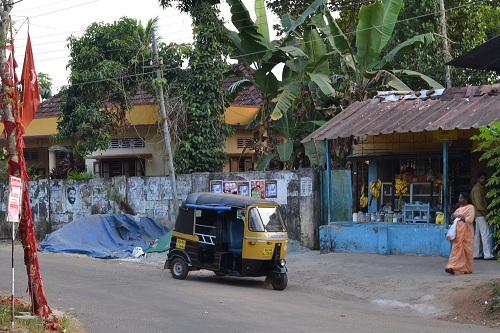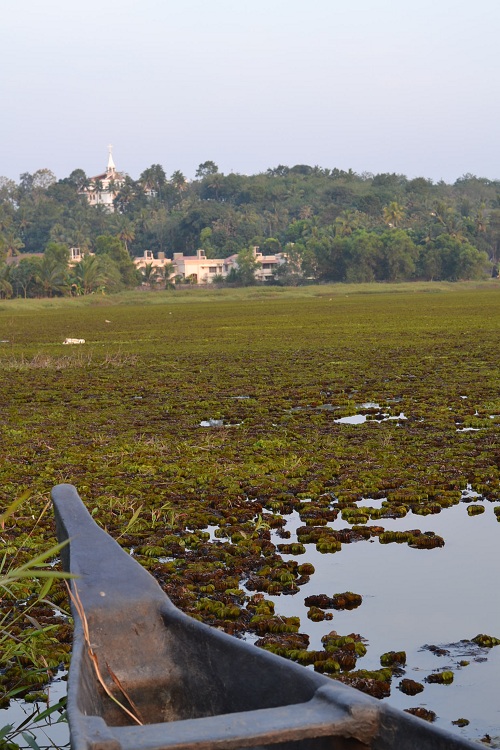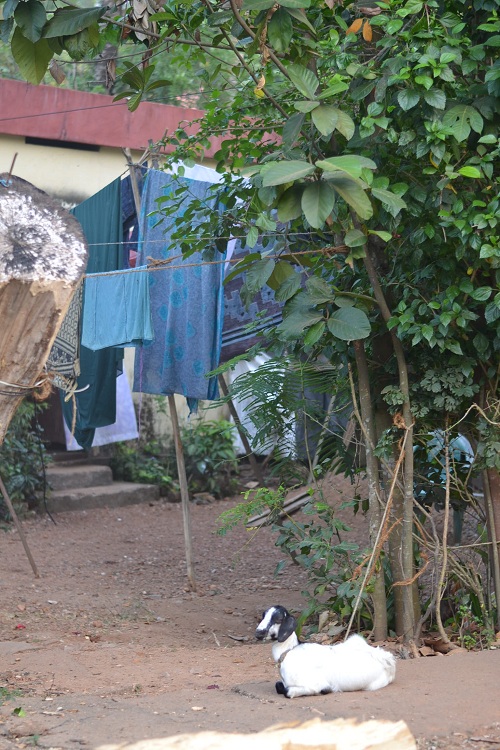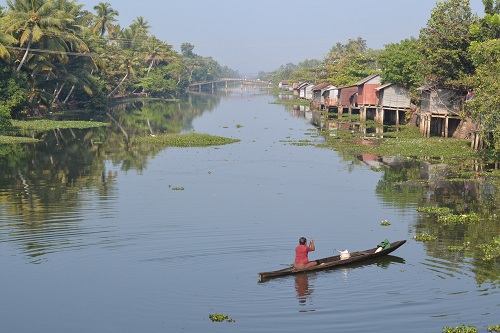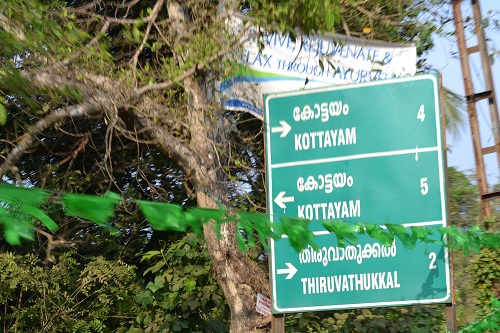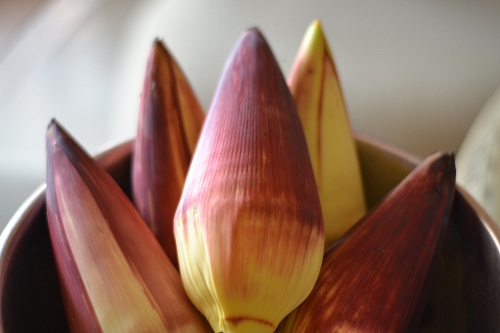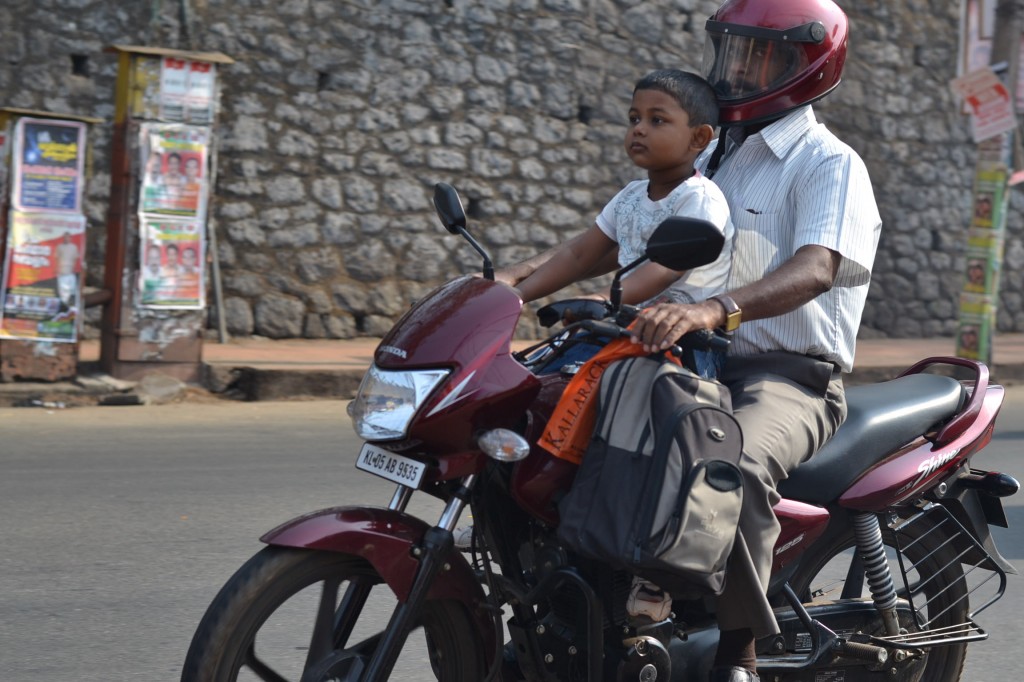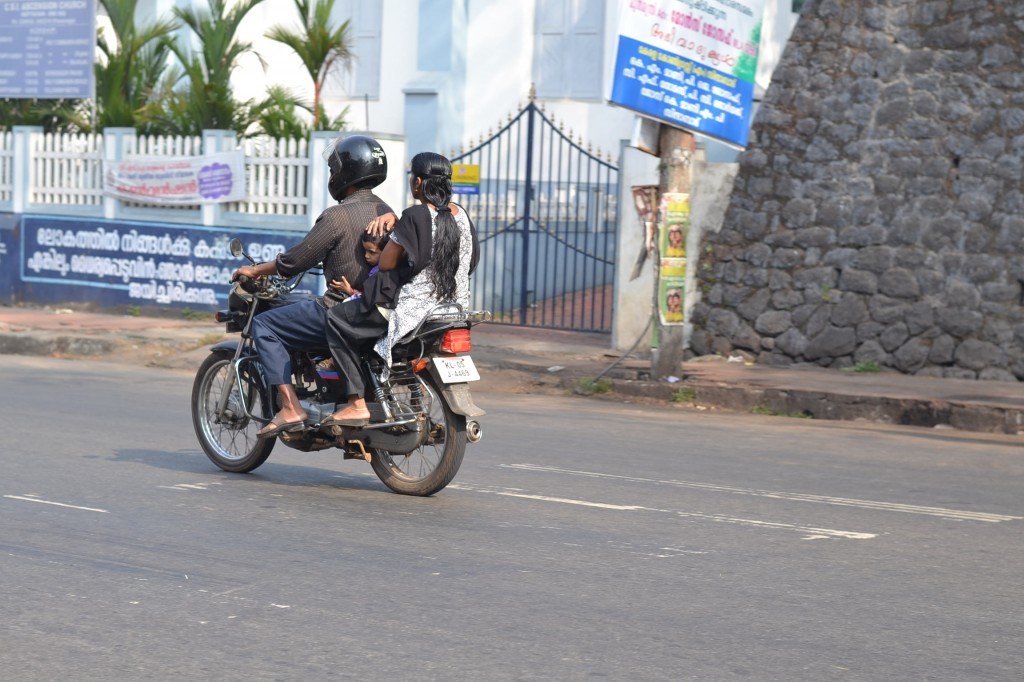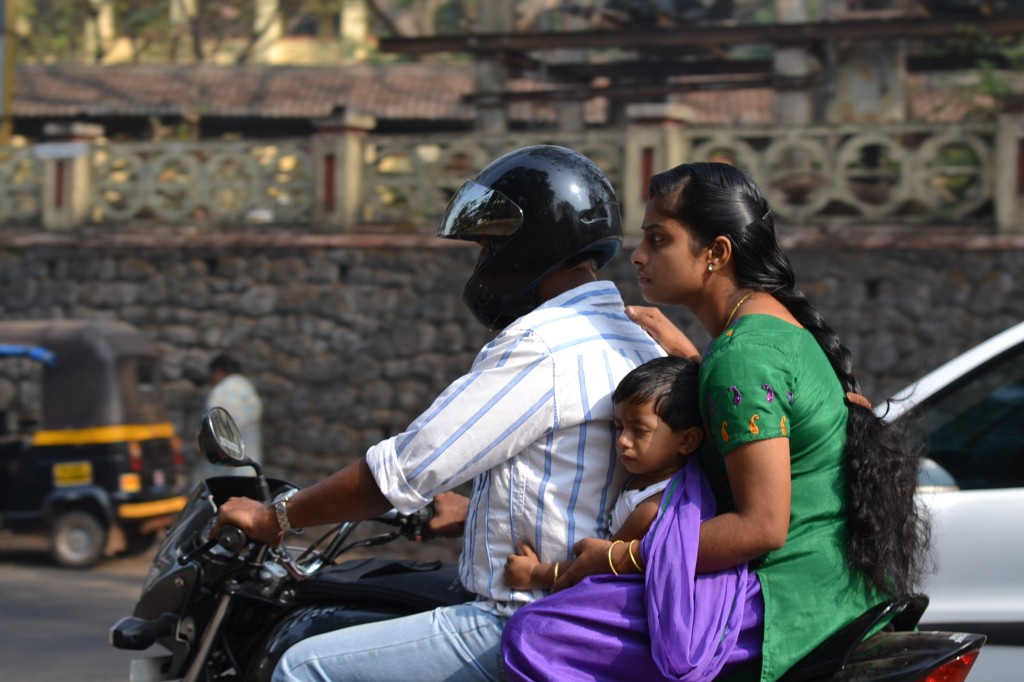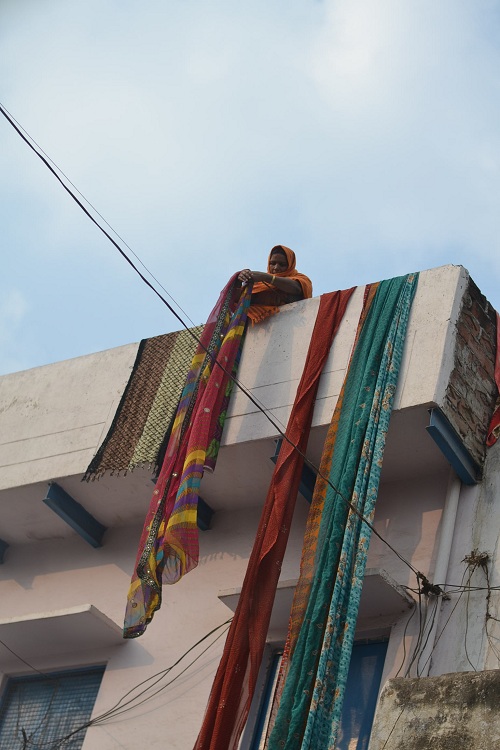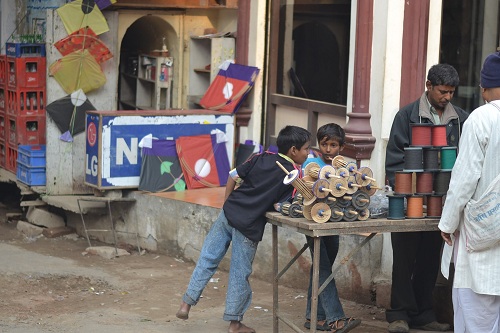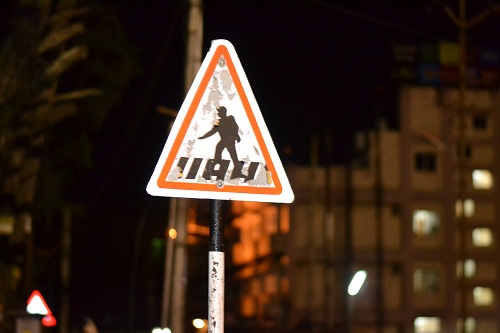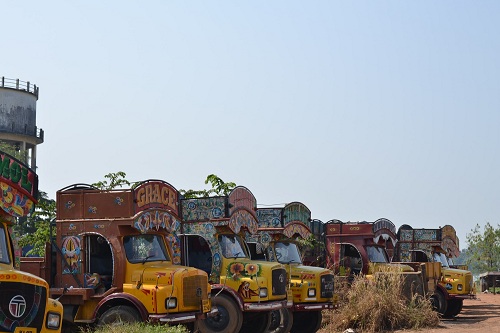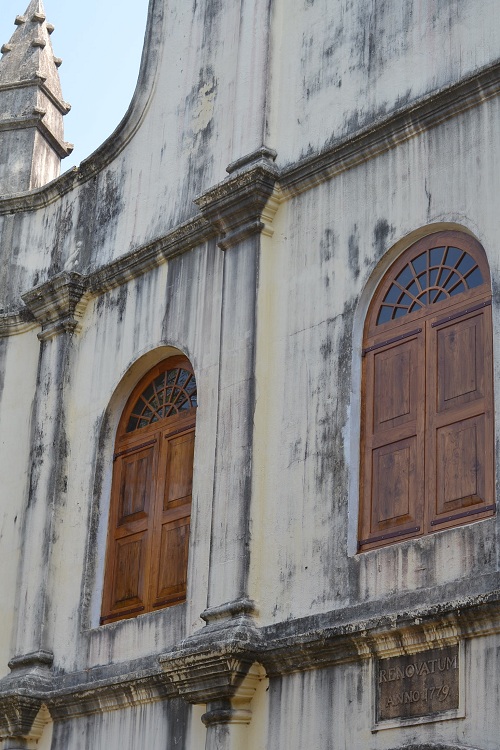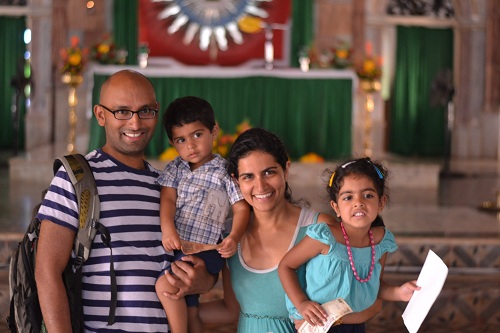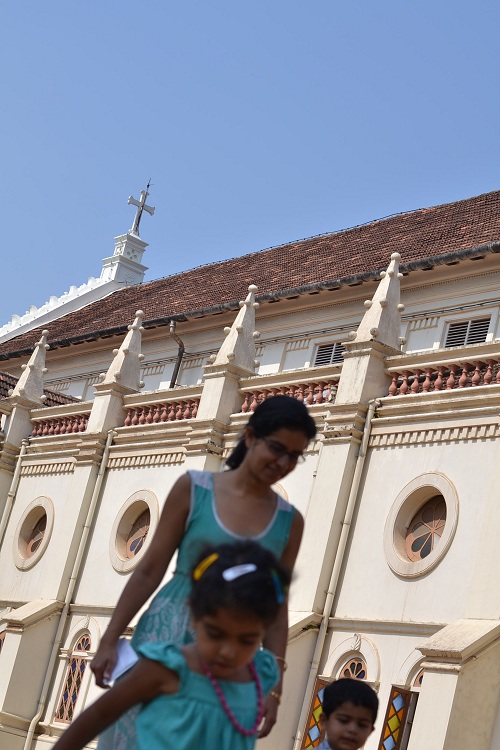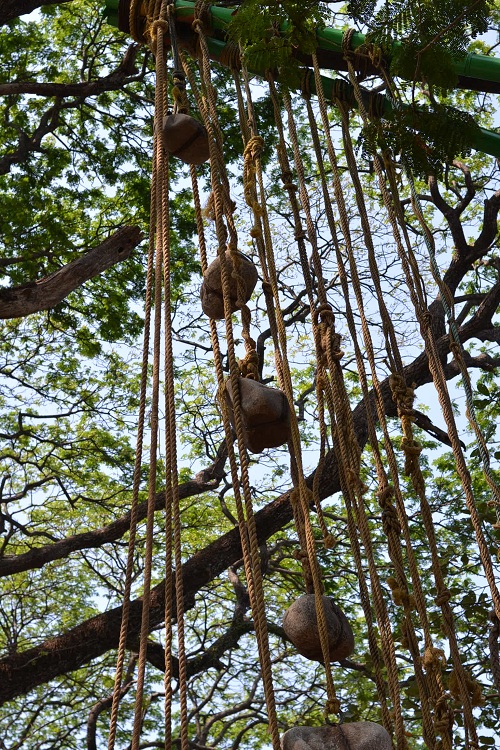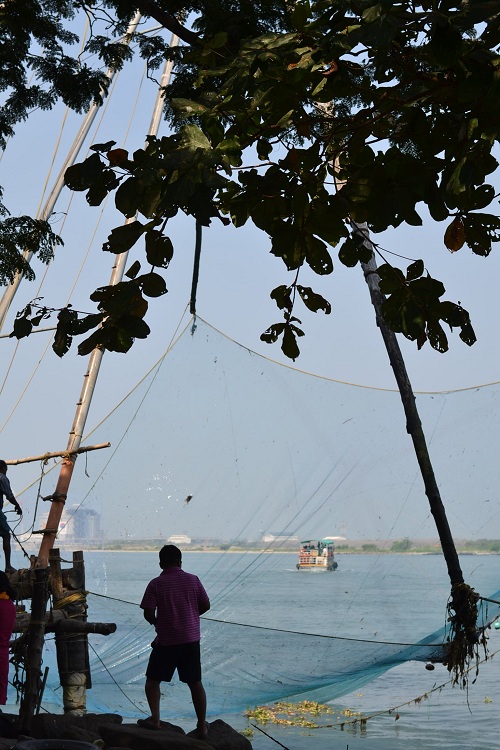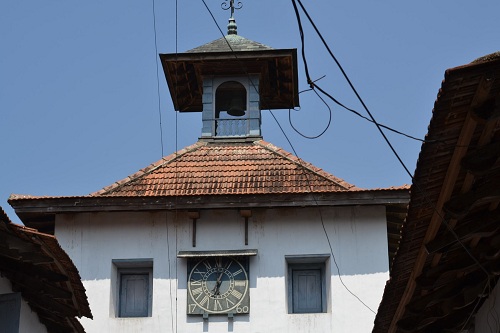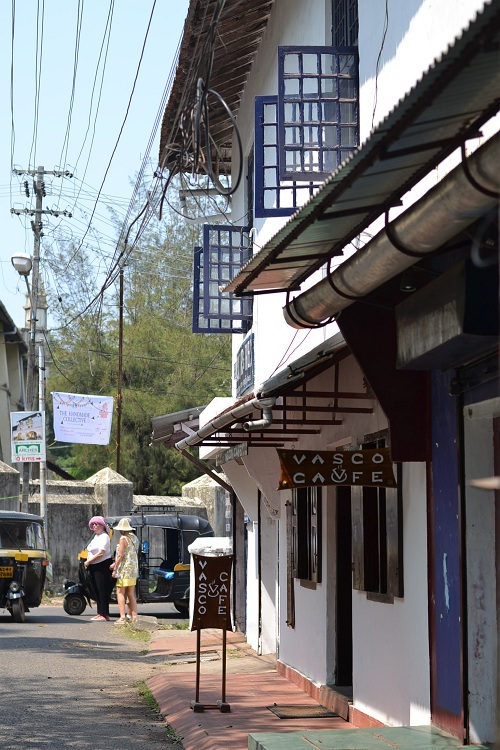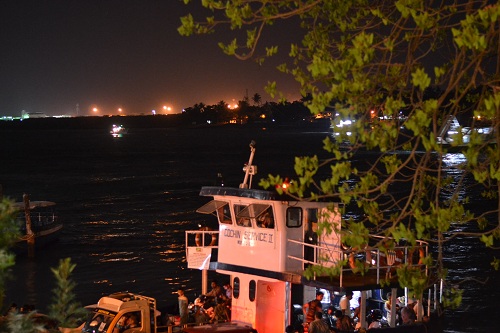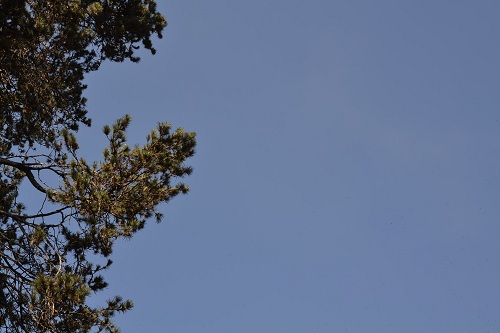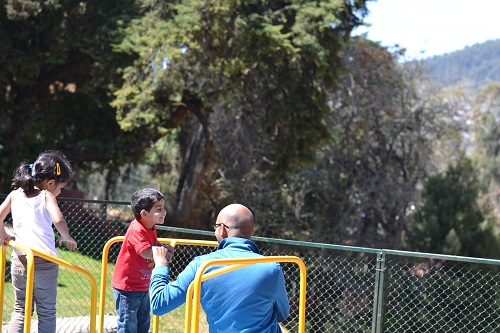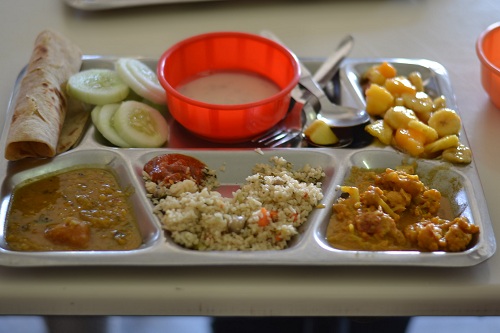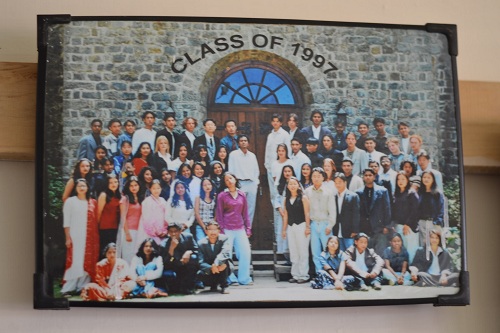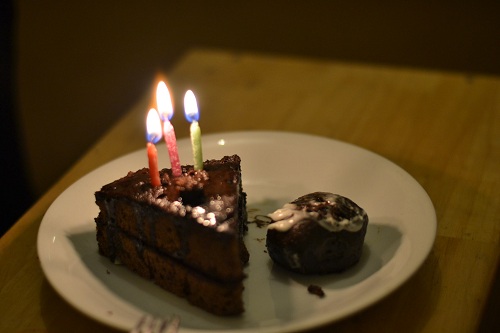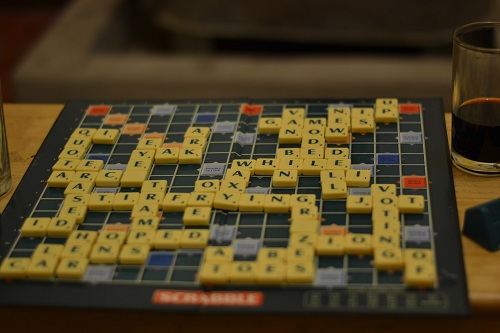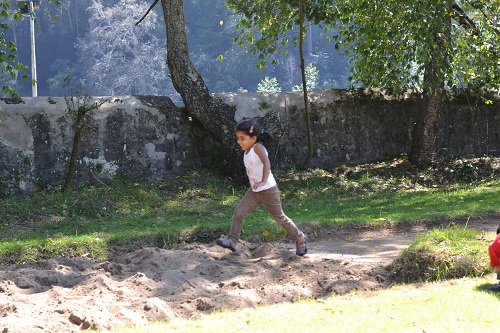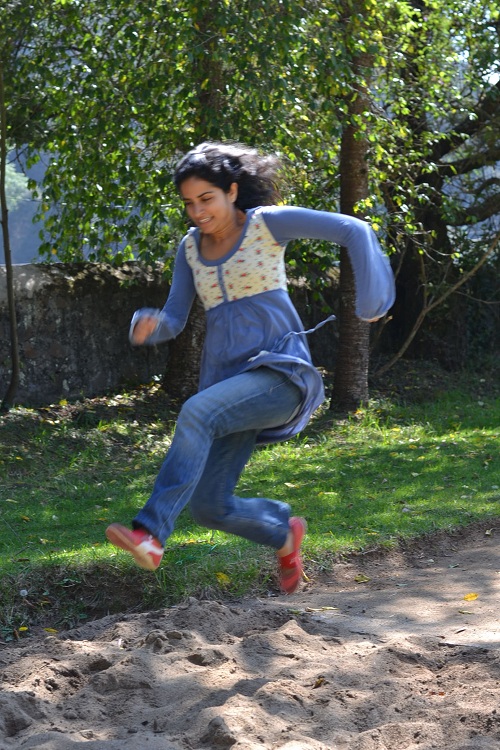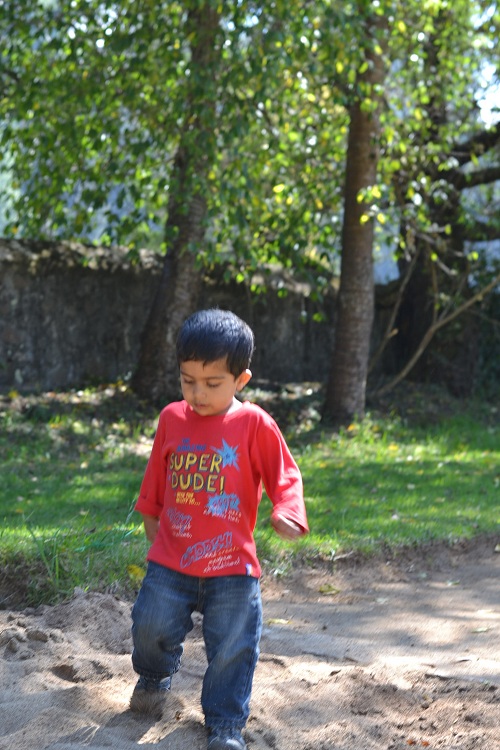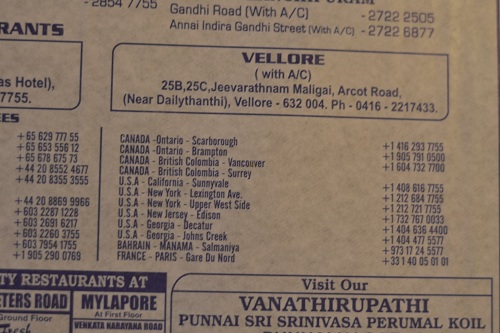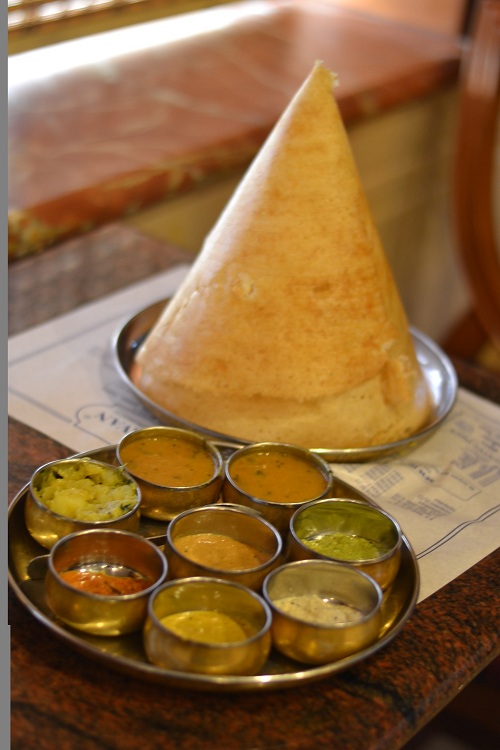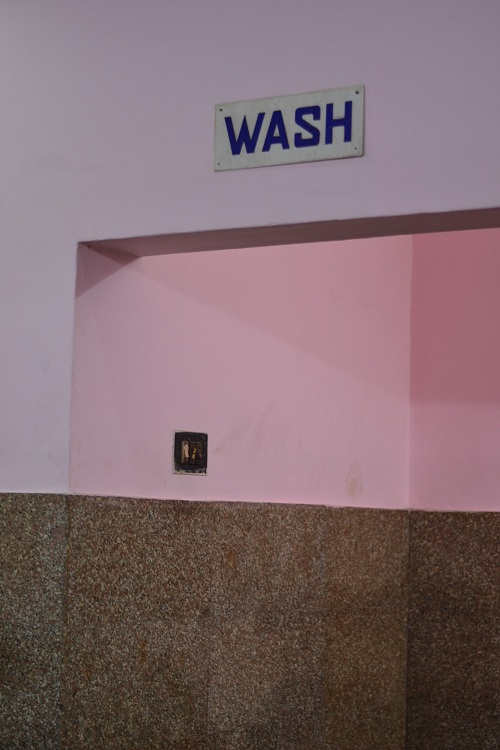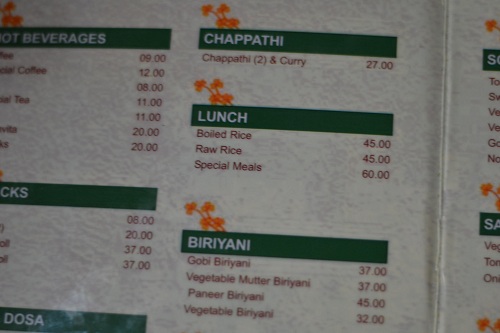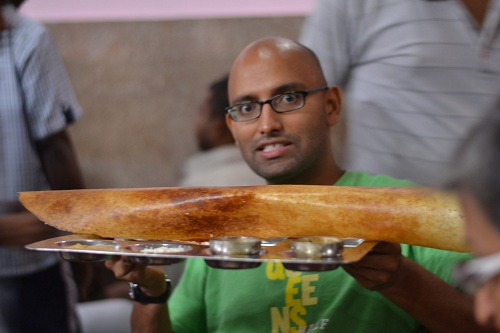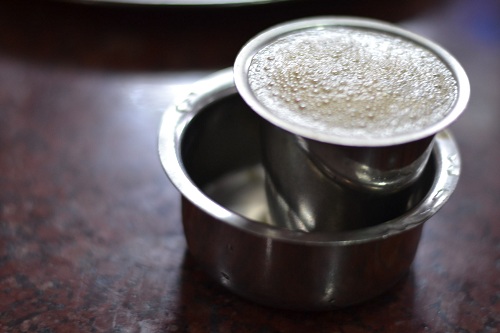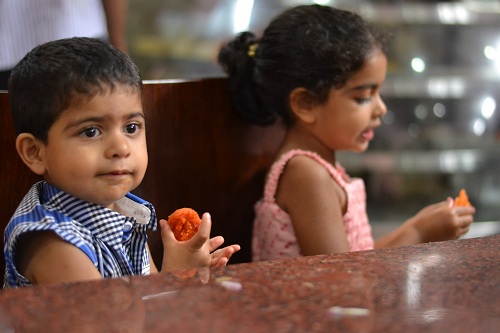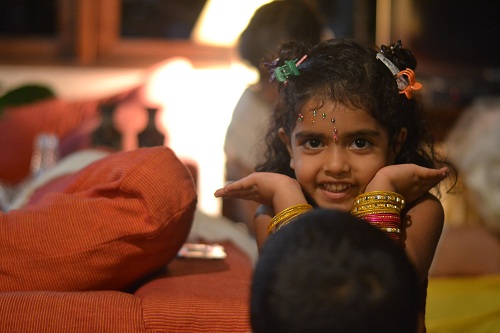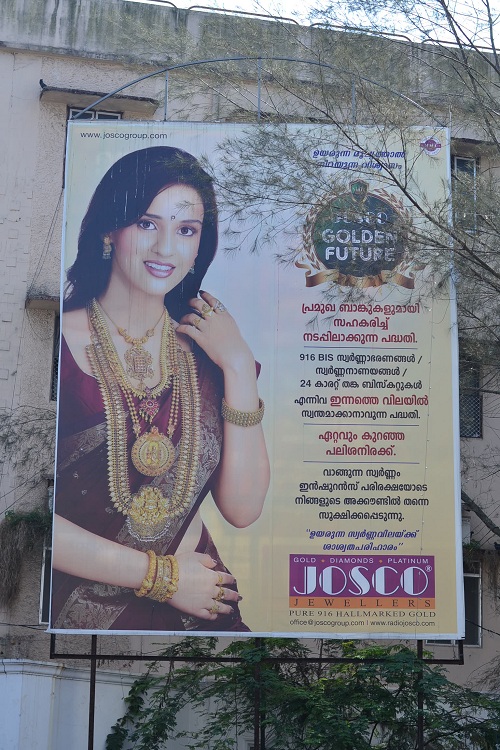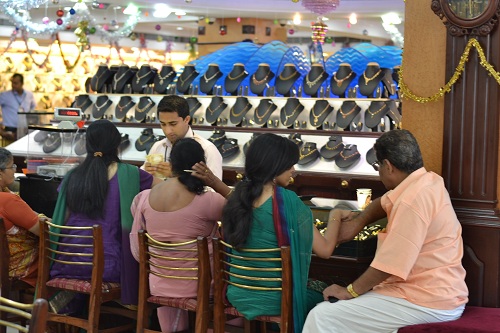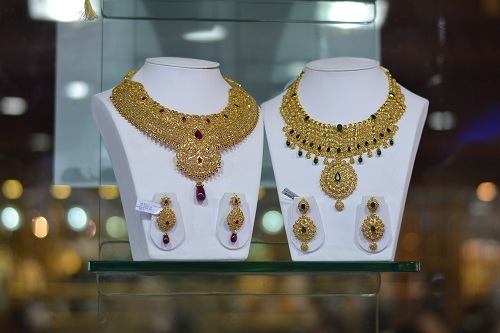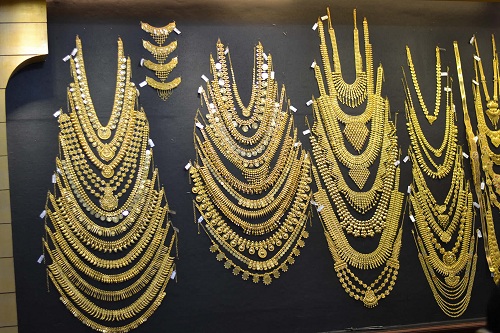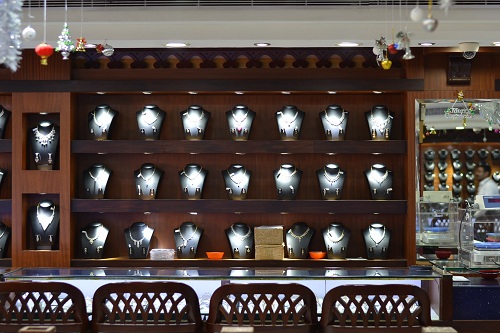A reader of this blog knows we love food. But loving food comes with complications. Sandeep’s palate craves salty fatty meat. When he smells grilling meat he assumes the position of a hound. I am pescatarian and gluten-free. I love bread and cakes, but for health reasons, use all the will power I have to avoid gluten. I find joy in stinky things like cheeses. Ava likes things odorless and bland. Kayan prefers things sweet, but, bless his little taste buds, consumes whatever he sees.
More than anywhere we have travelled thus far, Kerala has highlighted that taste is a subjective matter. Malayalee food is heavily spiced and heavy in general. The palate here leans towards meats and fish left to rest in dense marinades and then thoroughly fried in coconut oil. The food is fabulous, but it asks a lot of our stomachs. After a few days of indulgence, we started craving simpler meals. We asked Sandeep’s parents’ housekeeper to make us grilled fish. Just salt and pepper please. The result was fried fish with salt and pepper. And turmeric. She couldn’t fathom cooking it ‘naked’. I took matters into my own hands, grilled a fillet and offered her a taste. She said she would gag if she had it because the taste of the fish was not masked enough. The horrified look on her face when we told her about sushi was priceless. I’m sure she is counting down the days until we leave so that she can reunite with her spice box.
Since the restaurant variety in Kottayam is limited, we were very excited to attend the annual Kottayam Food Festival. It’s a four day event highlighting the creativity of local chefs.
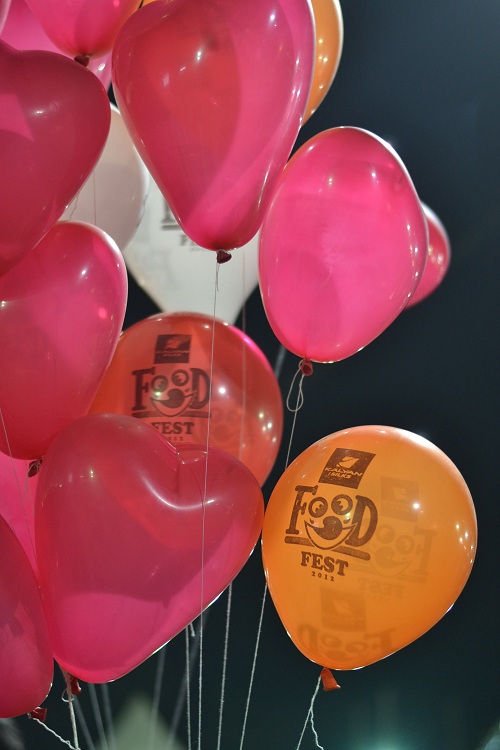
The first stall that excited us was “BBQ and Fries”, which had Arabian Chicken Wings on the menu. Sandeep probed as to what was in the marinade and was assured that it was “nothing but tomato sauce.” The wings arrived doused in a fiery red masala that had Kayan tearing up. We proceeded to the grilled seafood joint, where our grilled octopus was alarming burgundy and tasted the way it looked. What we quickly learned is that, even in the most avant garde culinary event of the year, the food is resolutely prepared according to local tastes.
While the taste of the food was not of the variety we expected, we had fun walking around and seeing the action. The chefs, such as this friendly batura (fried bread) vendor, were more than happy to show off their skills.
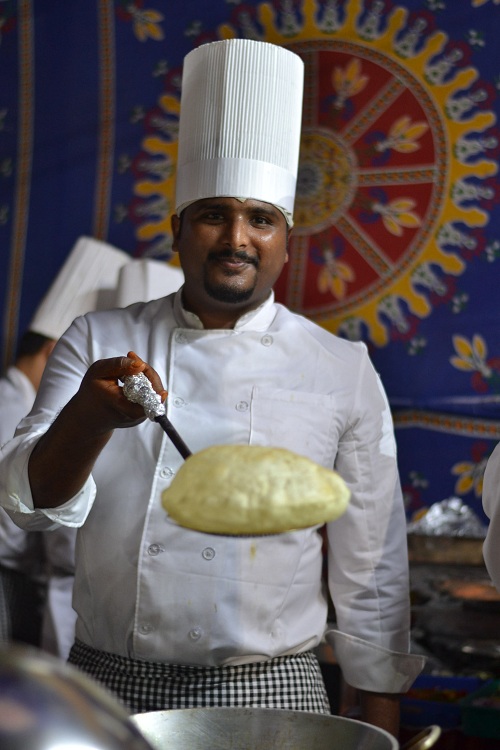
One entrepreneur was adding life to porathas (flat bread) by dramatically chopping them up into various vegetable and meat mixes.
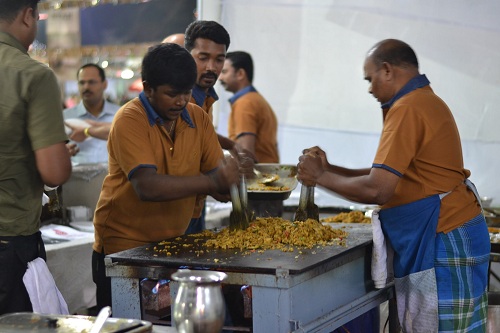
While we didn’t have too large of a dinner, we did top the evening off with gelato, no masala or grease included. Ava’s highlight was joining the mini amusement park. (That band aid on her forehead is the result of a trip she had yesterday. I’ll update you on another post…but before you think we are negligent parents, see how happy she looks!)
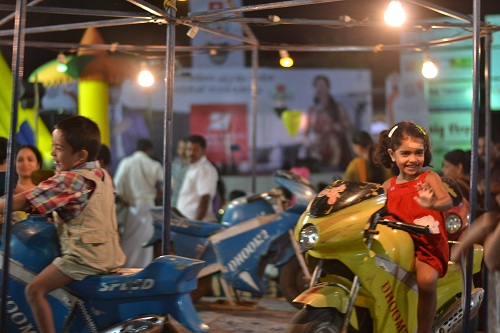
We like to think of ourselves as adventurous eaters. We do try most things at least once (we tried crickets in Chiang Mai, after all!). Our challenge in Kerala has been the heaviness of the food, regardless of what dish we try. We have one more week here. Perhaps by then we will be licking the spice off our greasy fingers.
